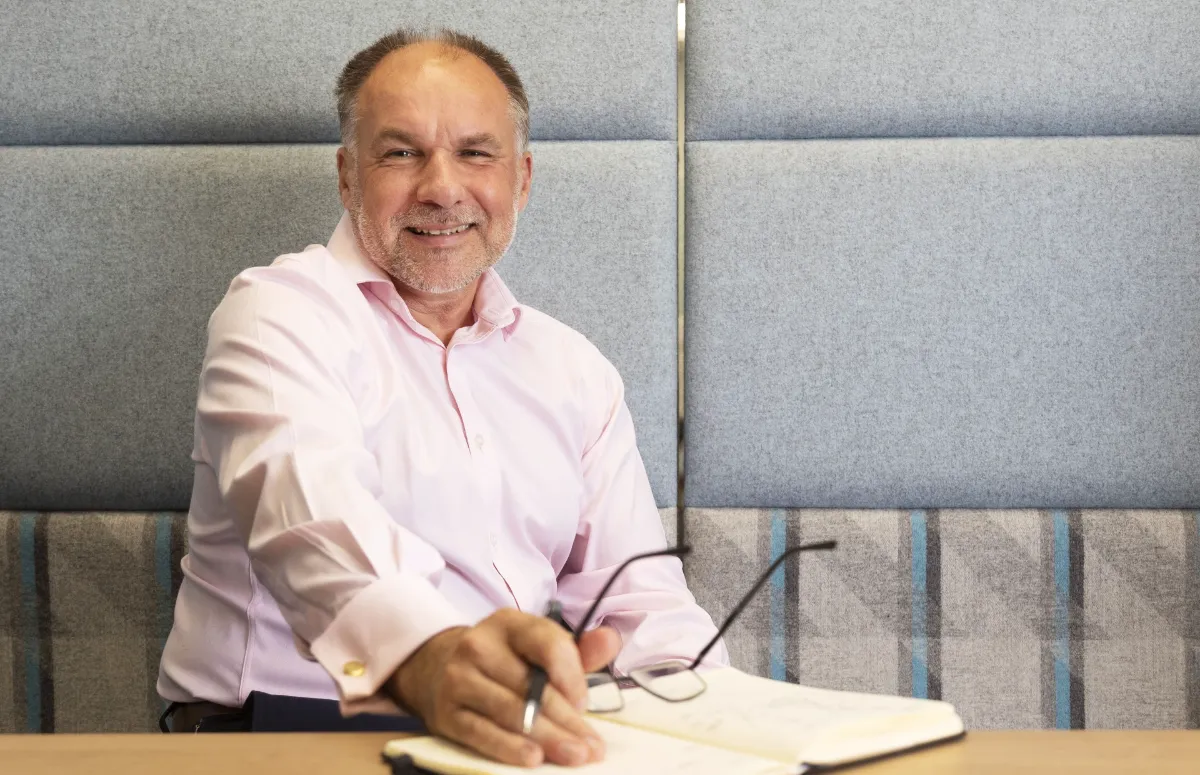The Rhythmic Harmony of Coaching: A Dance of Discovery and Development

Coaching, in its essence, is a dynamic and intricate dance between two partners: the coach and the coachee. It requires a delicate balance of listening, guiding, questioning, and responding, much like a dance requires rhythm, awareness, and coordination.
Like a skilled dancer, the coach must attune themselves to their partner, leading yet simultaneously following, creating a space where learning, development, and growth can gracefully unfold.
This article explores how coaching mirrors the nuances of a dance, focusing on listening skills, structuring the conversation, and processing the coachee’s data to facilitate this transformative journey.
The First Step: Listening with Empathy and Awareness
In dance, the first step sets the tone. Similarly, in coaching, the initial step is deep, empathetic listening. This isn't just about hearing words; it’s about understanding emotions, contexts, and unspoken messages, much like a dancer feels the rhythm before moving. Effective listening in coaching involves:
- Active Engagement: Just as a dancer is fully present in the moment, a coach needs to be actively engaged, showing genuine interest in the coachee’s story.
- Non-Judgmental Reception: Coaches, like skilled dancers, don't lead with preconceived notions. They create a safe, open environment where coachees can share freely without fear of judgment.
- Reflective Mirroring: Dancers often mirror each other's movements. Similarly, coaches reflect back on what they hear, not just the words but the feelings and beliefs behind them, ensuring understanding and validating the coachee’s experience.
Choreographing the Conversation: Structuring with Flexibility
The structure in coaching is like choreography in dance. It provides a framework while allowing for creativity and adaptation. A well-structured coaching conversation includes:
- Setting the Stage: Every dance begins with an opening stance, setting the scene. In coaching, this involves establishing the purpose of the conversation and agreeing on the desired outcomes.
- Exploring and Unfolding: As dancers explore various movements, coaches delve into the coachee's experiences, challenges, and aspirations. This phase is about curiosity, asking powerful questions that prompt reflection and discovery.
- Transitioning Through Insights: In dance, transitions are pivotal; they maintain the flow. In coaching, this is where insights and awareness are translated into actionable steps. Coaches guide coachees in connecting dots, seeing patterns, and identifying potential paths forward.
- Closing with Clarity: A coaching session needs a clear close as a dance concludes gracefully. This involves summarising key insights, defining action steps, and expressing mutual appreciation for the shared journey.
Interpreting the Coachee’s Data: The Art of Processing
Dance is not just about steps; it’s about interpreting the music. Similarly, coaching goes beyond the surface conversation; it involves processing the underlying data - the coachee’s thoughts, emotions, beliefs, and experiences.
This requires:
- Emotional Intelligence: Just as a dancer interprets and expresses emotion through movement, a coach needs to understand and empathise with the coachee’s emotions, recognising their impact on the coachee’s actions and decisions.
- Pattern Recognition: In dance, patterns in music guide movement. In coaching, recognising patterns in the coachee's behaviour, thoughts, and feelings can reveal underlying themes and challenges.
- Integrative Thinking: Dancers often blend styles and steps to create something unique. Similarly, coaches integrate information from various aspects of the coachee’s life, creating a holistic understanding that fosters comprehensive growth.
- Facilitating Self-Discovery: The ultimate goal, much like a dancer interpreting a piece in their own unique way, is to guide coachees towards self-discovery and self-empowerment, enabling them to find their own rhythm and path in life and work.
The Dance of Feedback and Adaptation
In dance, feedback is immediate and often non-verbal. Coaches must also be adept at giving and receiving feedback, constantly adapting their approach based on the coachee's responses. This fluid exchange ensures that the coaching process remains relevant and impactful.
- Responsive Adjustments: Just as a dancer adjusts to their partner’s movements, a coach must be flexible, adapting their style and approach to meet the coachee’s evolving needs.
- Continuous Learning: Every dance is a learning opportunity. Coaches must embrace a mindset of continuous learning and self-reflection, always striving to enhance their skills and understanding.
Conclusion: The Enduring Waltz of Growth and Development
The dance of coaching is an ongoing journey of partnership, discovery, and growth. It requires coaches to be attentive, responsive, and adaptive, like dancers attuned to their music and partner. Through effective listening, structured yet flexible conversations, and insightful processing of the coachee's data, coaches can facilitate profound learning and development.
This journey, intricate and beautiful, like a dance, leaves both coach and coachee enriched, having shared a transformative experience that resonates beyond the coaching space.
In this rhythmic harmony, each step, turn, and leap represents a moment of learning, a spark of insight, or a stride towards growth. As the coach and coachee move together in this dance, they create a melody of progress and achievement, showcasing the power of coaching not just as a method but as an art form, celebrating the human potential in its most dynamic and elegant manifestation.
Trayton Vance
Trayton Vance is the Founder and Managing Director of Coaching Focus Group, one of the UK’s leading leadership coaching consultancies. With over two decades of experience, Trayton helps organisations build coaching cultures that unlock potential, drive engagement, and create lasting impact.
Coaching Focus Group
Specialists in leadership coaching, workplace coaching programmes, and building coaching cultures that stick.
[FREE WEBINAR]
Thu, Jan 22, 2026, 12:00 PM (GMT)
.jpg)
You might be interested in...



Employee Engagement Series











